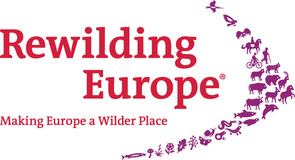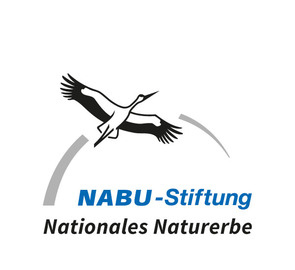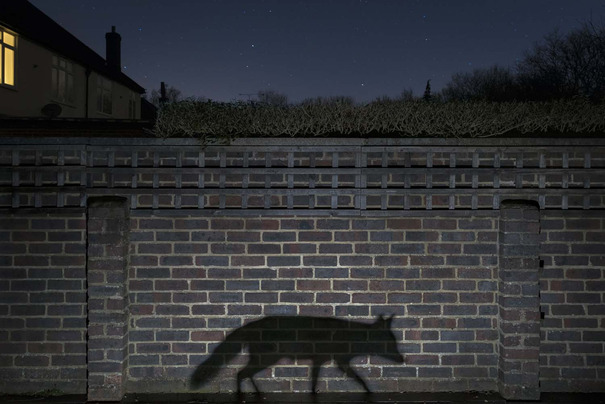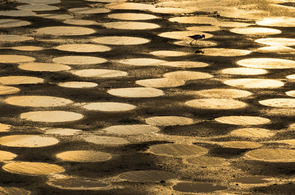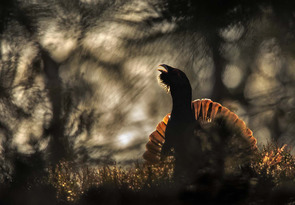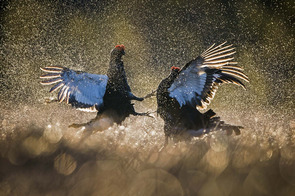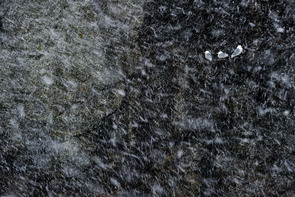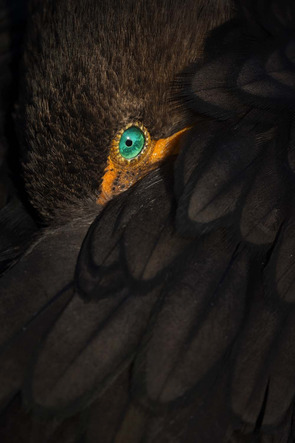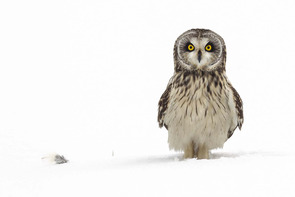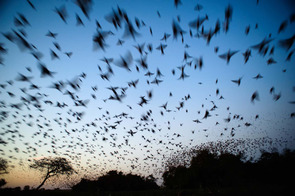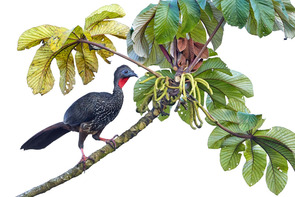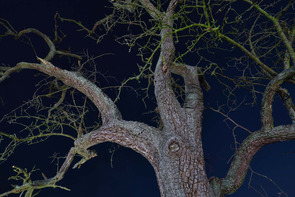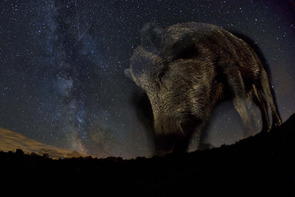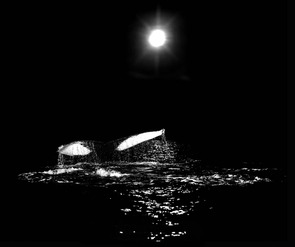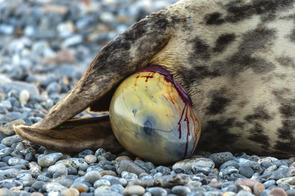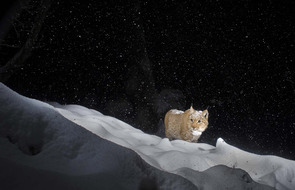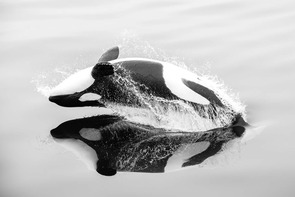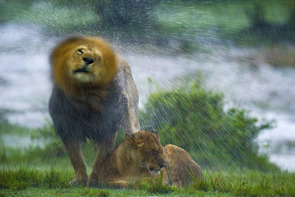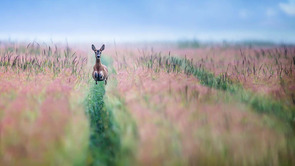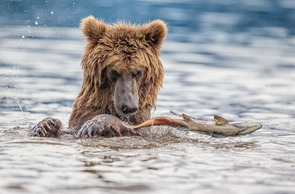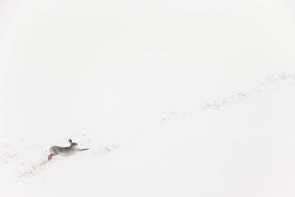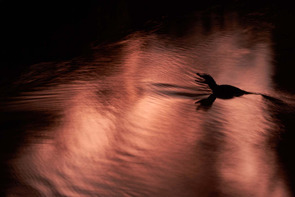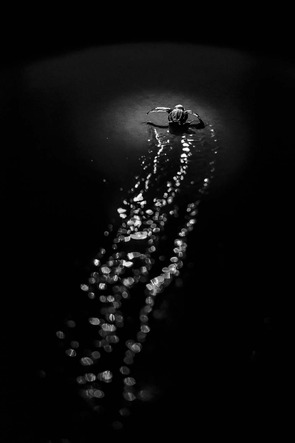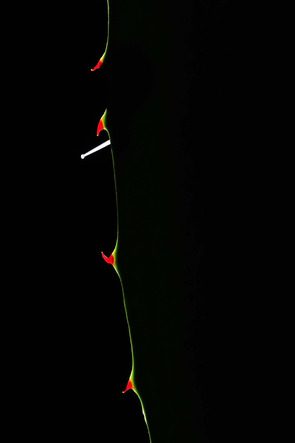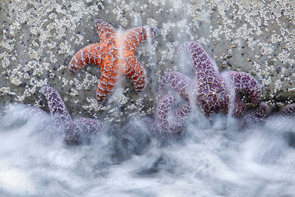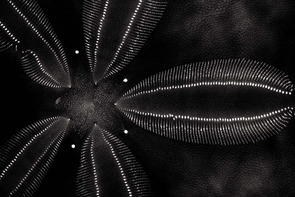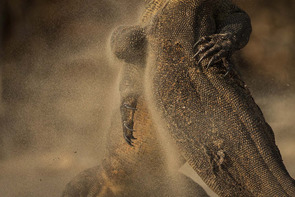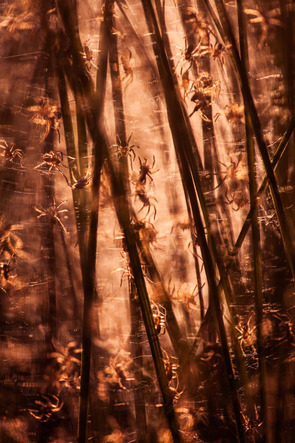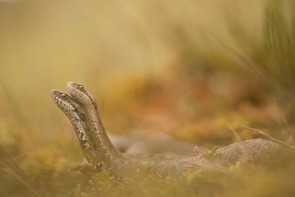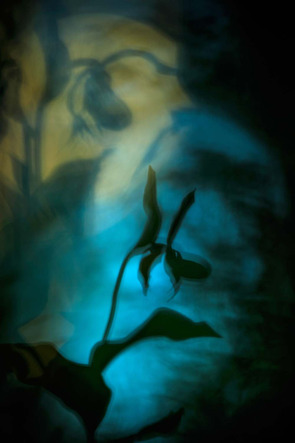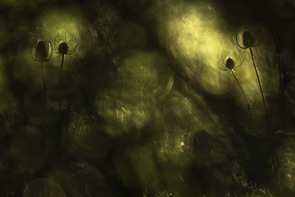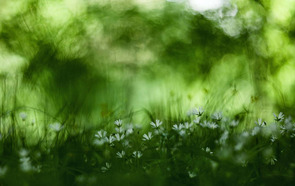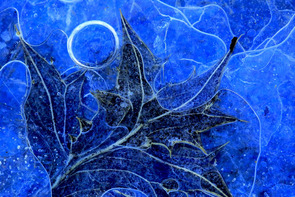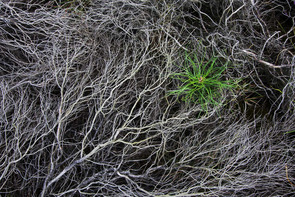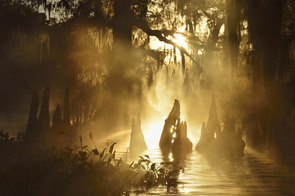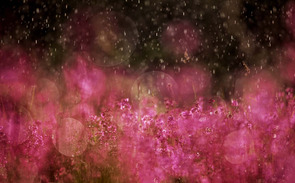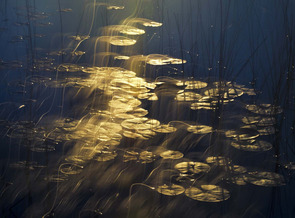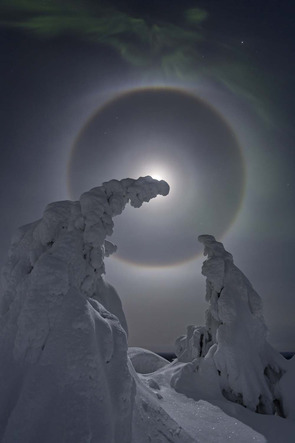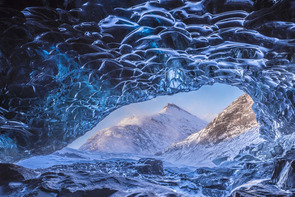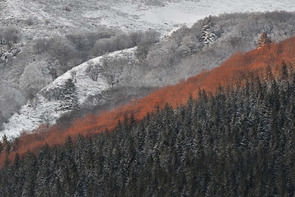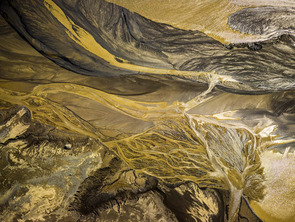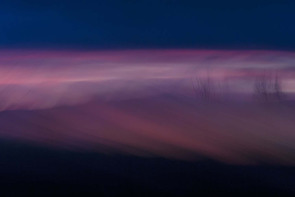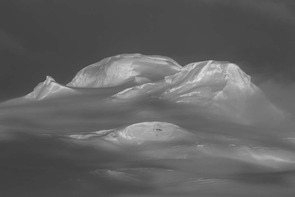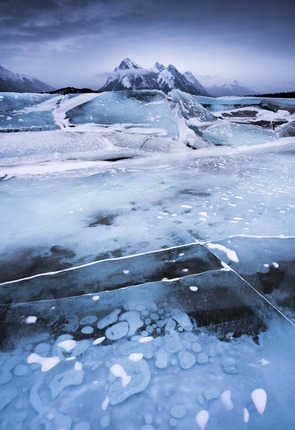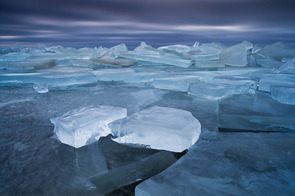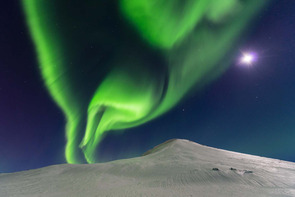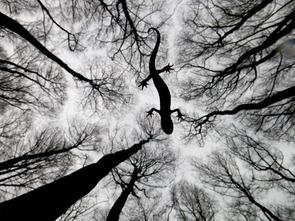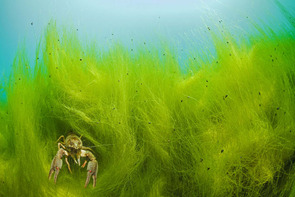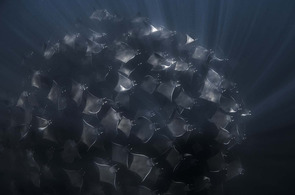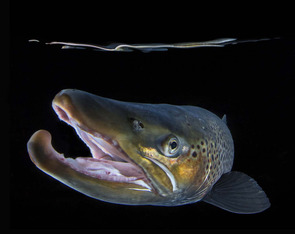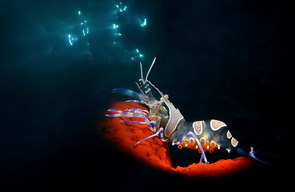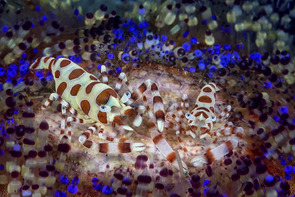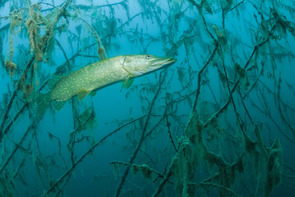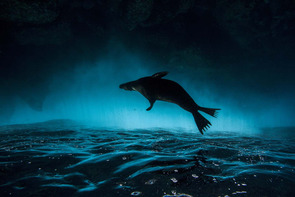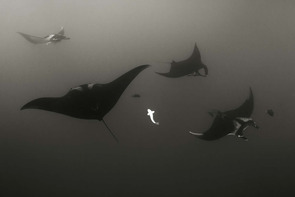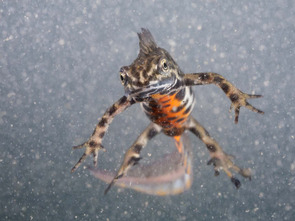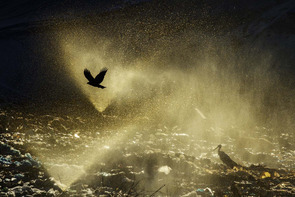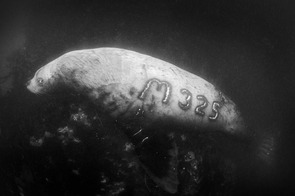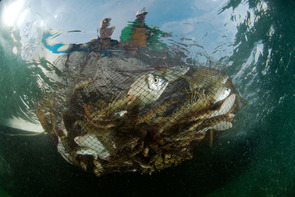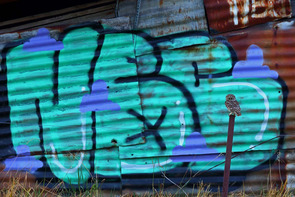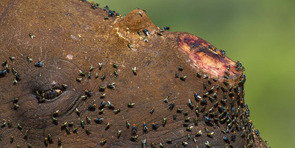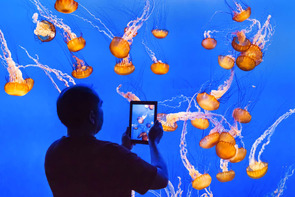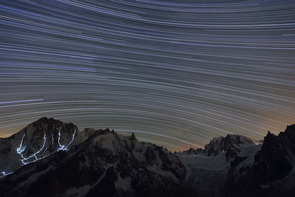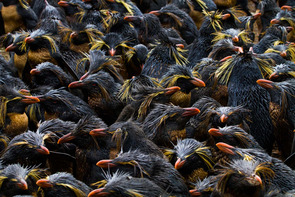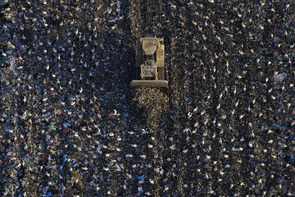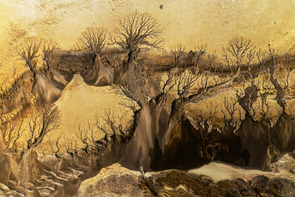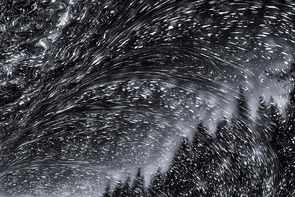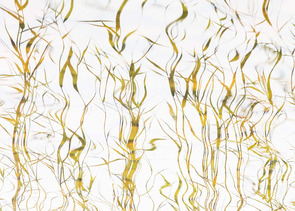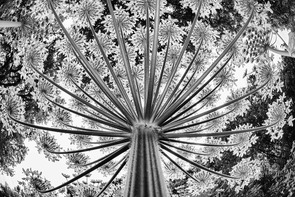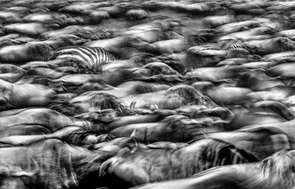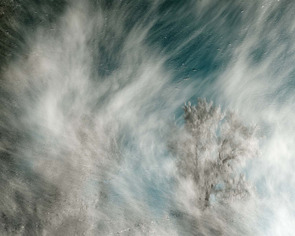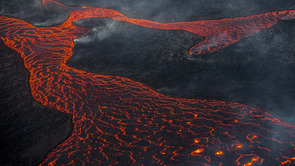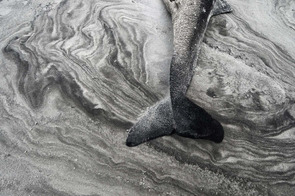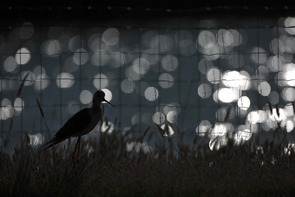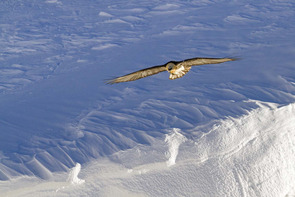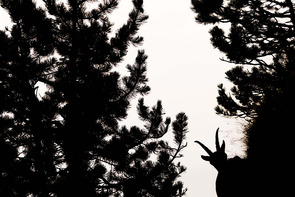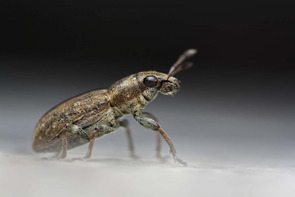
EUROPEAN WILDLIFE PHOTOGRAPHER OF THE YEAR 2015
Overall Winner: Richard Peters (Great Britain)
Shadow walker
Taken in my back garden, the image shows the shadow of an urban fox on its nightly patrols. To give context to the image, I placed the camera up high enough to show the neighbouring house, and using a 30-second exposure setting, I also captured the stars in the night sky.
I did not plan to include the upstairs light in the neighbour’s house, but it helps connect the human and wild elements of the image, giving context to the story. The camera was triggered by a light barrier when the fox walked by.
Nikon D810, 3.5-4.5/18-35mm G, ISO 1250, tripod, SB-800 flash, Camtraptions PIR motion sensor
Richard's interest in wildlife was ingrained from watching countless natural history documentaries as he grew up. And although he had a naturally strong artistic streak all through his childhood, it was not until he was in his late teens when he went on a holiday to Canada that he first swapped pencils for SLRs. Armed with only a simple, film-based point and shoot camera, he photographed anything and everything around him and quickly realised he sought more control over his photos than this basic camera would allow. Upon his return, he borrowed a friend's manual film Nikon SLR and begun to teach himself the relationship between shutter speed, aperture and film speeds as well as playing with the creativity of depth of field.
Over the next few years, Richard dabbled with photography on and off in his spare time. Although initially experimenting with a variety of subjects, it was always wildlife that captured his imagination the most, taking inspiration from those documentaries he grew up with. During this period, Richard gradually progressed from a manual film SLR to a semi-auto SLR and then finally took his first steps in to the world of digital SLRs around 2004. But it was not until 2010 that Richard's passion for photography became a more serious proposition.
Spending more and more time behind the camera, Richard honed his ability and technique, with a style that often takes priority of light over subject matter, but although he enjoys travelling to new or exotic places whenever the opportunity arises, he also enjoys working with the wildlife found closer to home. In recent years, his work has gone on to be widely published as well as being awarded in multiple international competitions. When not behind the camera, Richard also enjoys writing about his photographic experiences and is a regular contributor to some of the UK’s best selling photographic magazines.
Recently, in an effort to step out of his comfort zone and experiment with different techniques, Richard has begun exploring the use of flash and camera traps by embarking on a long term project to document the wildlife that visits his back garden at night. A project that his winning photo Shadow Walker stems from. www.richardpeters.co.uk
Introductory note to the Competition
With almost 17 300 submissions from 36 European countries, this year's “European Wildlife Photographer of the Year” competition can report a new record regarding the number of participants, emphasizing the competition's great reputation. Once again, the award-winning photographs show the exceptional quality of European wildlife photography. At the same time, these authentic and aesthetic photos raise our awareness for the unique beauty of nature and promote a sense of respect in our dealings with it. In the face of constant threats to biodiversity, such photos trigger associations, feelings and emotions without the need for any further words and are, therefore, of great importance.
Looking at the winning images in each category, this year shadows and silhouettes stand out. So, too, with this year's overall winner, the “European Wildlife Photographer of the Year 2015”: Richard Peters from Great Britain. His photo shows the shadowy outline of a fox at night in front of an urban backdrop.
This fox stands for many more European animal species that are conquering new habitats in our constantly growing cities. Increasingly, foxes, wild boars and others are finding better living conditions in urban settlements than in the desert-like agricultural landscapes of the surrounding areas. Nowhere else are so many diverse habitats available for wild animals as in towns and cities. And for this reason, there is a surprisingly high diversity of species compared to the surrounding countryside. But cities are also a habitat for people and, because of this, it is important to increase our focus on linking urban nature conservation with city development and planning. Therefore, the Federal German Agency for Nature Conservation advocates urban spaces, which provide the possibility of natural experiences and are beneficial for people and nature alike, and also supports action groups such as the nationwide alliance "Towns for Biodiversity".
Urbanisation does not work for every species; some depend on unspoiled spaces or well structured landscapes. Protection and development of true wilderness and a diverse cultural landscape will, therefore, continue to be important goals for nature conservation.
When leafing through the catalogue or wandering around the exhibition, allow yourself to become captured by the unique photos from some of the best European wildlife photographers and the multifaceted abundance of our nature. At the same time, I would like to invite you to be inspired by these prize-winning photos to help protect the fragile beauty of nature.
By Prof. Dr. Beate Jessel
president of the Federal Agency for Nature Conservation
We´d like to thank our sponsors:
















